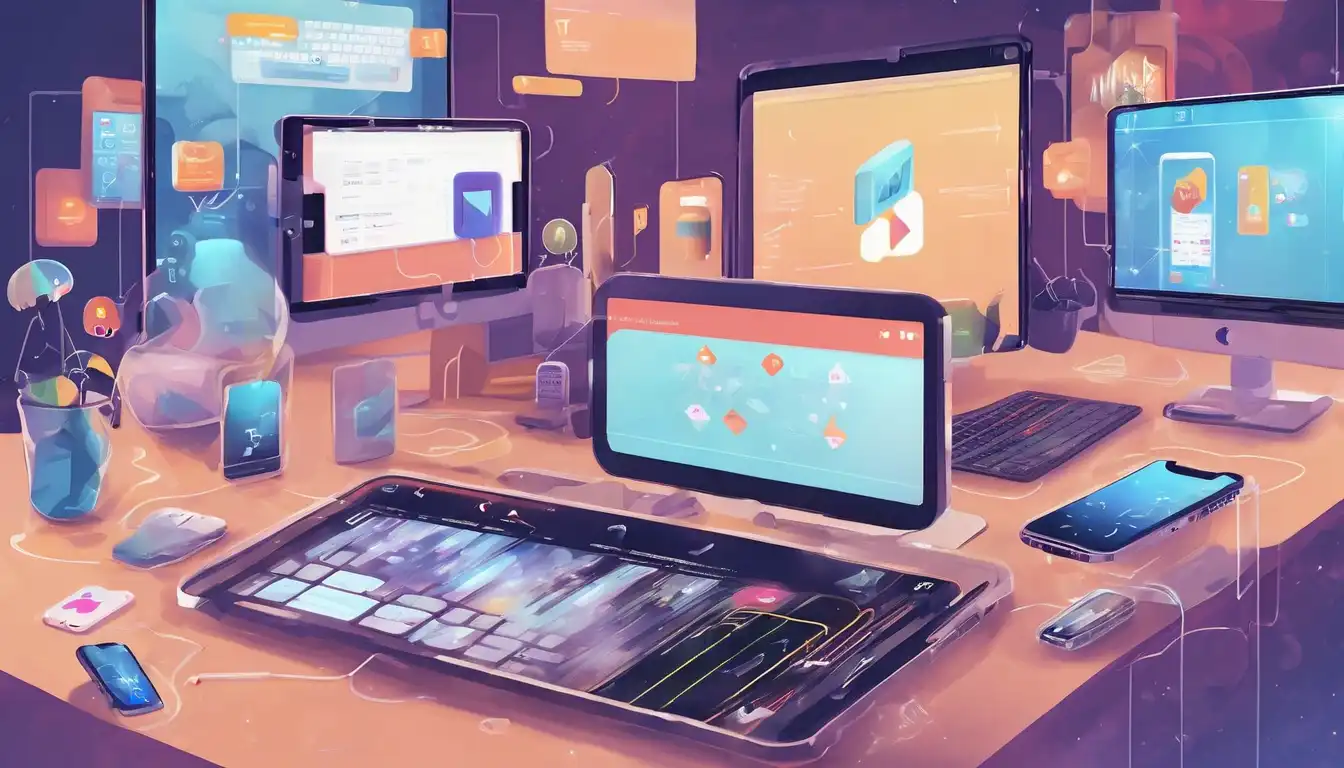Introduction to Flutter in Mobile Development
Flutter, Google's open-source UI software development kit, has been making waves in the mobile development world. It allows developers to build natively compiled applications for mobile, web, and desktop from a single codebase. This revolutionary approach not only saves time but also ensures consistency across platforms.
Why Flutter is the Future
The future of mobile development with Flutter looks bright for several reasons. Firstly, its hot reload feature enables developers to see changes instantly, significantly speeding up the development process. Secondly, Flutter's rich set of customizable widgets allows for the creation of visually appealing applications that stand out.
Performance and Efficiency
Flutter apps are compiled directly into native code, which means they run with the performance of a native app. This eliminates the need for a JavaScript bridge, leading to faster startup times and fewer performance issues.
Single Codebase for Multiple Platforms
One of the most significant advantages of Flutter is the ability to write one codebase that runs on both iOS and Android. This not only reduces development time but also cuts down on costs, making it an attractive option for startups and established companies alike.
Flutter's Growing Ecosystem
The Flutter ecosystem is rapidly growing, with an increasing number of packages and plugins that extend the functionality of Flutter apps. This makes it easier for developers to add features like Firebase integration, ads, and more without having to write additional code.
Community and Support
Flutter boasts a vibrant and supportive community. Whether you're a beginner or an experienced developer, you'll find plenty of resources, tutorials, and forums to help you overcome any challenges you might face.
Challenges and Considerations
Despite its many advantages, Flutter is not without its challenges. For instance, since it's relatively new, some third-party libraries may not be as mature as those available for more established frameworks. Additionally, apps built with Flutter tend to be larger in size compared to native apps.
Learning Curve
Developers new to Flutter will need to learn Dart, the programming language used by Flutter. While Dart is easy to pick up for those with experience in object-oriented programming, it's an additional step for those unfamiliar with it.
Conclusion
Flutter is set to redefine the future of mobile development with its efficient, cost-effective, and performance-driven approach. As the ecosystem continues to grow and mature, it's likely that we'll see even more innovative applications built with Flutter. For developers and businesses looking to stay ahead in the competitive app market, embracing Flutter could be the key to success.
For more insights into mobile development trends, check out our article on the latest mobile development trends.
